Here is an article about Ethereum: How do miners choose which transactions to include in a block?
Transaction Selection Process
Miners play a key role in selecting which transactions are included in a block. This process is called “transaction prioritization.” Miners use the following steps to make their selection:
- Network Participation: Miners participate in the Ethereum network by creating new blocks and validating transactions within them.
- Transaction Verification: Miners verify each transaction on the blockchain, ensuring that it is valid and follows the rules set forth by the Ethereum protocol.
- Transaction Priority Algorithm: Miners use an algorithm to prioritize transactions based on factors such as:
- Priority Level: Transactions with higher priority are given more weight in the selection process.
- Transaction Difficulty

: Transactions that are harder to verify are given more weight because they require more computing power and resources.
- Block Reward: Transactions that have a higher block reward are given more weight because they offer more valuable rewards to miners.
- Voting-Based Selection: Miners use a voting-based system to select transactions to be included in a block. The miner who creates a new block votes on each transaction, and those with the most votes are selected.
How do you view and select which transactions to include in a block?
To view and select which transactions to include in the block you are trying to create, miners can follow these steps:
- Get a copy of the blockchain
: Miners need access to a copy of the blockchain to view the current state of the network.
- Checking for New Transactions: Miners check for new transactions on the blockchain and identify those that meet the criteria set by the Ethereum protocol.
- Use a Transaction Prioritization Tool: There are several tools available that can help miners prioritize transactions based on factors such as priority level, transaction difficulty, and block reward.
Transaction Selection Tools
There are several tools available that can help miners select which transactions to include in a block:
- Ethereum Wallets: Many Ethereum wallets offer transaction prioritization features, allowing users to view and select which transactions to include in their blocks.
- Block Explorer Tools: Block exploration tools such as Etherscan and Ethplorer allow miners to view and analyze the blockchain, including transaction data and priority level.
- Mining Software: Mining software, such as Marathon Miner and Slitherpool, can help miners prioritize transactions and optimize mining efficiency.
Conclusion
Transaction selection is a key part of the Ethereum network, and miners play an important role in selecting which transactions are included in a block. By using tools and algorithms to prioritize transactions based on factors such as priority level, transaction difficulty, and block reward, miners can ensure that their blocks are valid and efficient. Whether you are an experienced miner or just starting out, understanding how transaction selection works is essential to optimizing mining efficiency and contributing to the growth of the Ethereum network.

